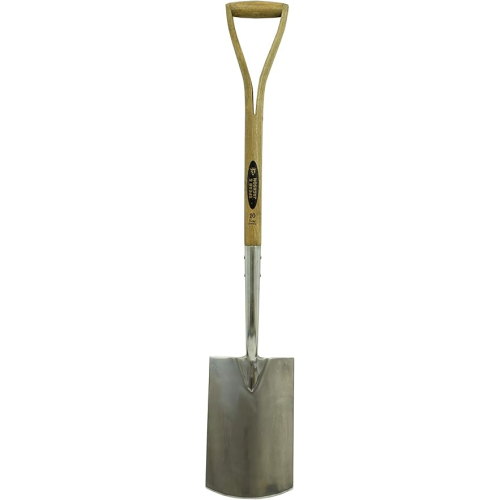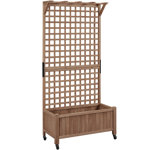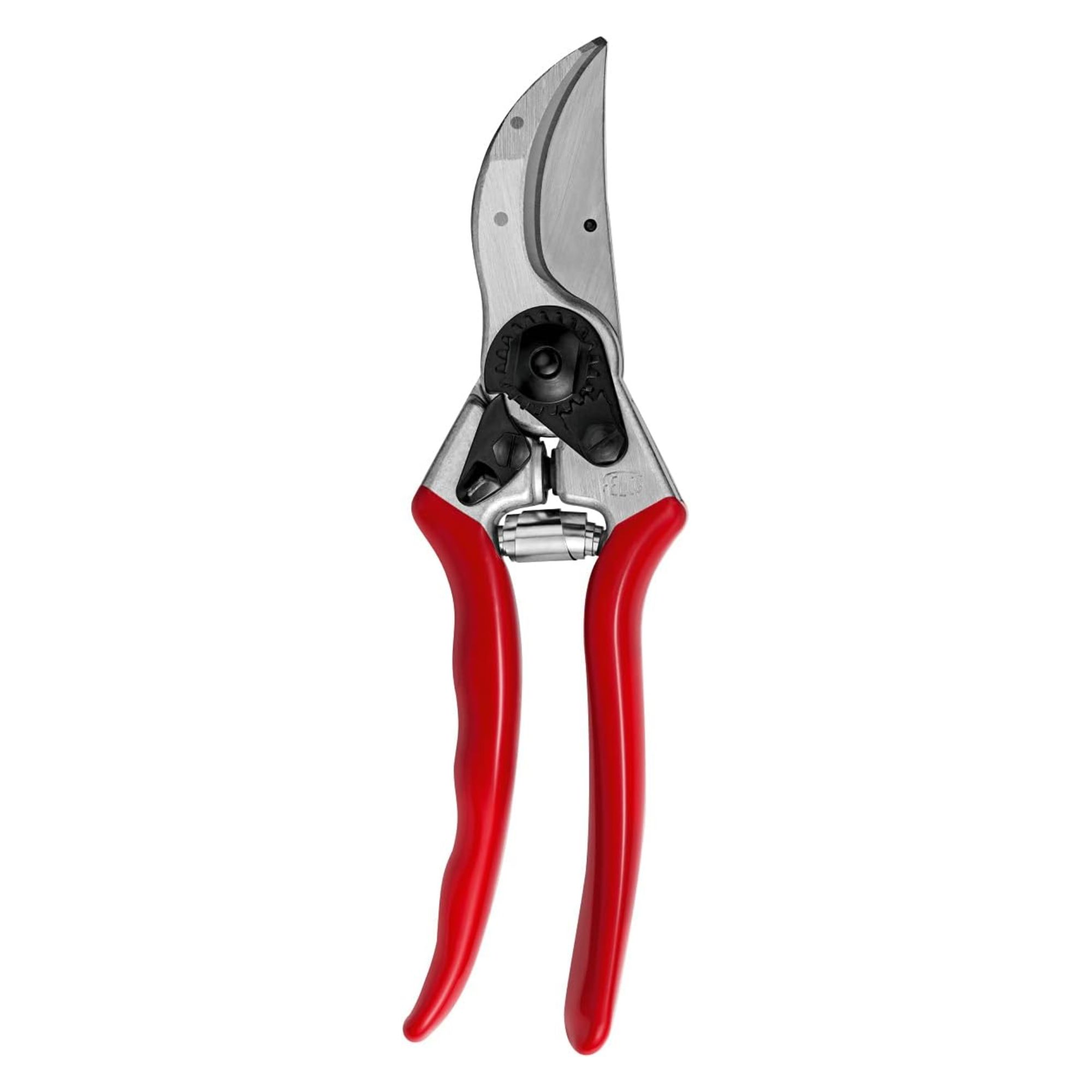5 native plants for nocturnal pollinators – these North American blooms will attract moths, bats and beetles under the cover of darkness
Nocturnal pollinators offer gardeners real benefits once the sun goes down
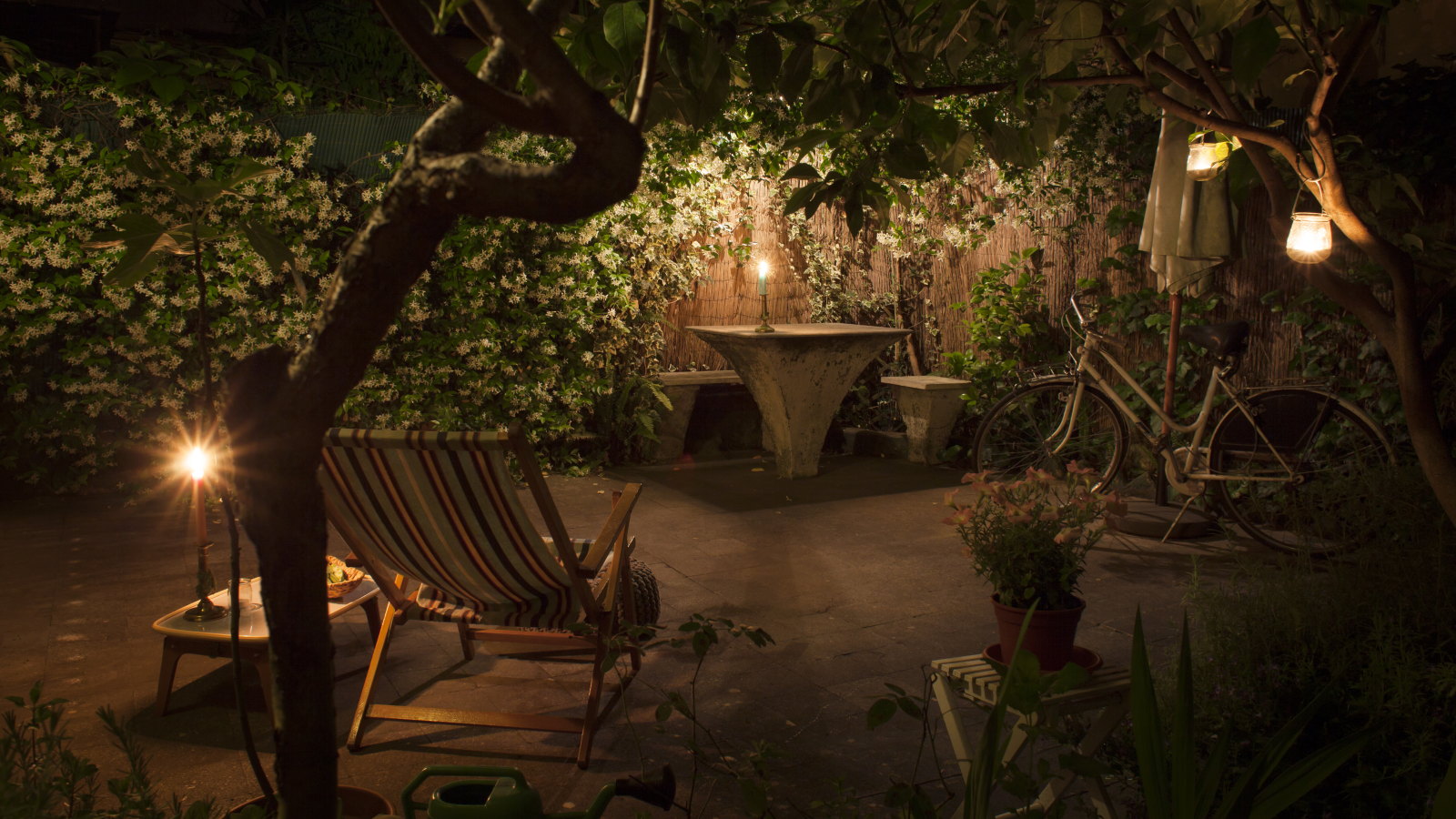

When darkness falls and you are sleeping, there is still lots of activity going on in your garden. Night-time pollinators are hard at work going from plant to plant doing valuable work, and they could do with a helping hand. That starts with having flowers that fit their schedule, such as with these native plants for night-time pollinators.
Moths don’t appear in lots of headlines, but they are important pollinators. There are thousands of species of moths, and they spread pollen as they go from plant to plant in search of nectar. These efficient night-time pollinators are joined by the likes of bats, nocturnal bees, and beetles that are active during evening and darkness.
If you want to create a moon garden that glows at night and supports these nocturnal pollinators, or simply add plants suitable for these hardworking and underrated creatures, there are great options available. This guide to native plants for night-time pollinators highlights plants with fragrant night-time blooms, flowers in shades suited to nocturnal insects, and ones perfectly shaped for the tongues of moths.
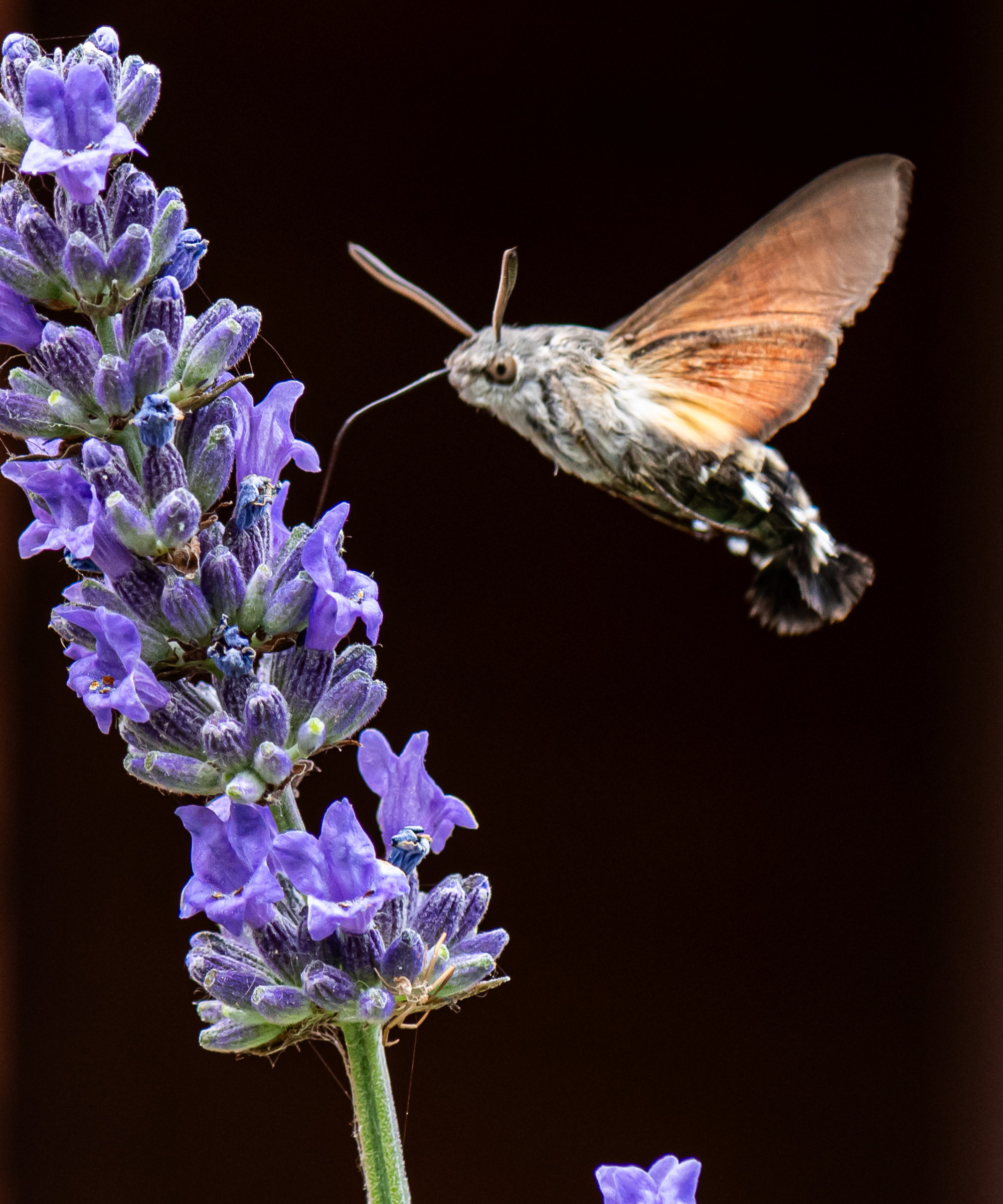
What are night-time pollinators?
When most people hear pollinators, they will think of bees, butterflies, hoverflies, or even hummingbirds. They may not instantly consider moths, bats, and beetles that do their pollinating during evenings and night-time, and do it highly efficiently.
You may not see them as often, but those pollinators out and about during the hours of darkness make important contributions to your garden. To help them out, if you are developing a garden for pollinators, consider adding plants that bloom at night and have a strong fragrance when they do.
Why not make your backyard a beacon for nocturnal pollinators by adding one or two of these suggestions?
1. Moonflower
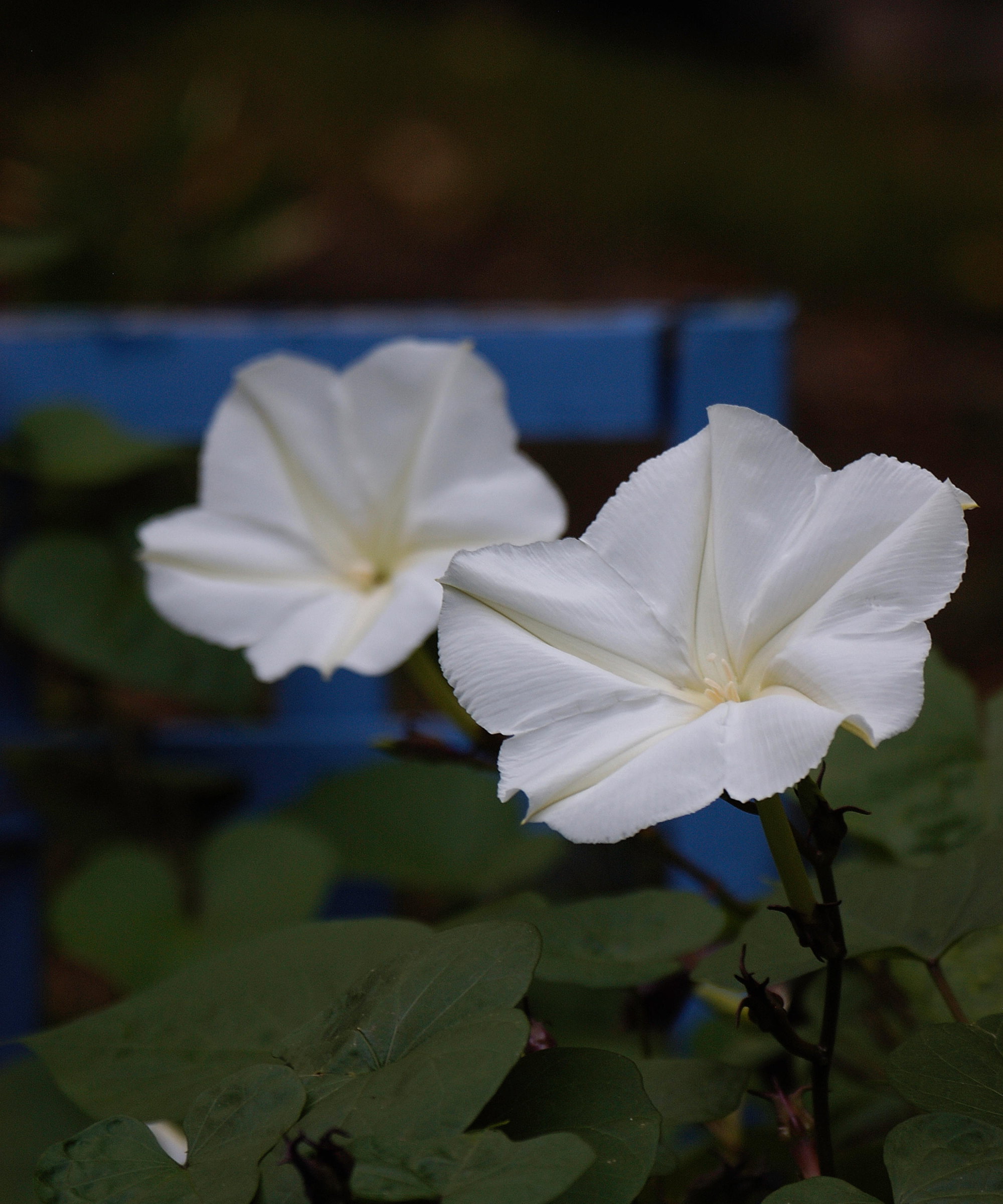
Moonflower (Ipomoea alba) is a perennial vine native to tropical and subtropical regions of North and South America, from Argentina to Northern Mexico, Arizona, and Florida. This dramatic flowering vine climbs 10-15 feet and produces huge, trumpet-shaped flowers that bloom through the night.
Design expertise in your inbox – from inspiring decorating ideas and beautiful celebrity homes to practical gardening advice and shopping round-ups.
The flowers appear from early summer until fall, emitting a sweet fragrance that attracts night-time pollinators, before they close once morning comes. It is the strong, jasmine-like smell that attracts night-time pollinators, which rely more on smell than sight to locate the flowers of night-scented plants.
Moonflower vines are hardy in US hardiness zones 10-12, but the fast-growing climbing plants are often grown as annuals in cooler climates. Their ability to quickly cover trellises or fences makes them ideal for vertical gardens.
You can get giant moonflower seeds at Amazon to sow at home and grow your own plants for night-time pollinators to enjoy.
2. Evening primrose
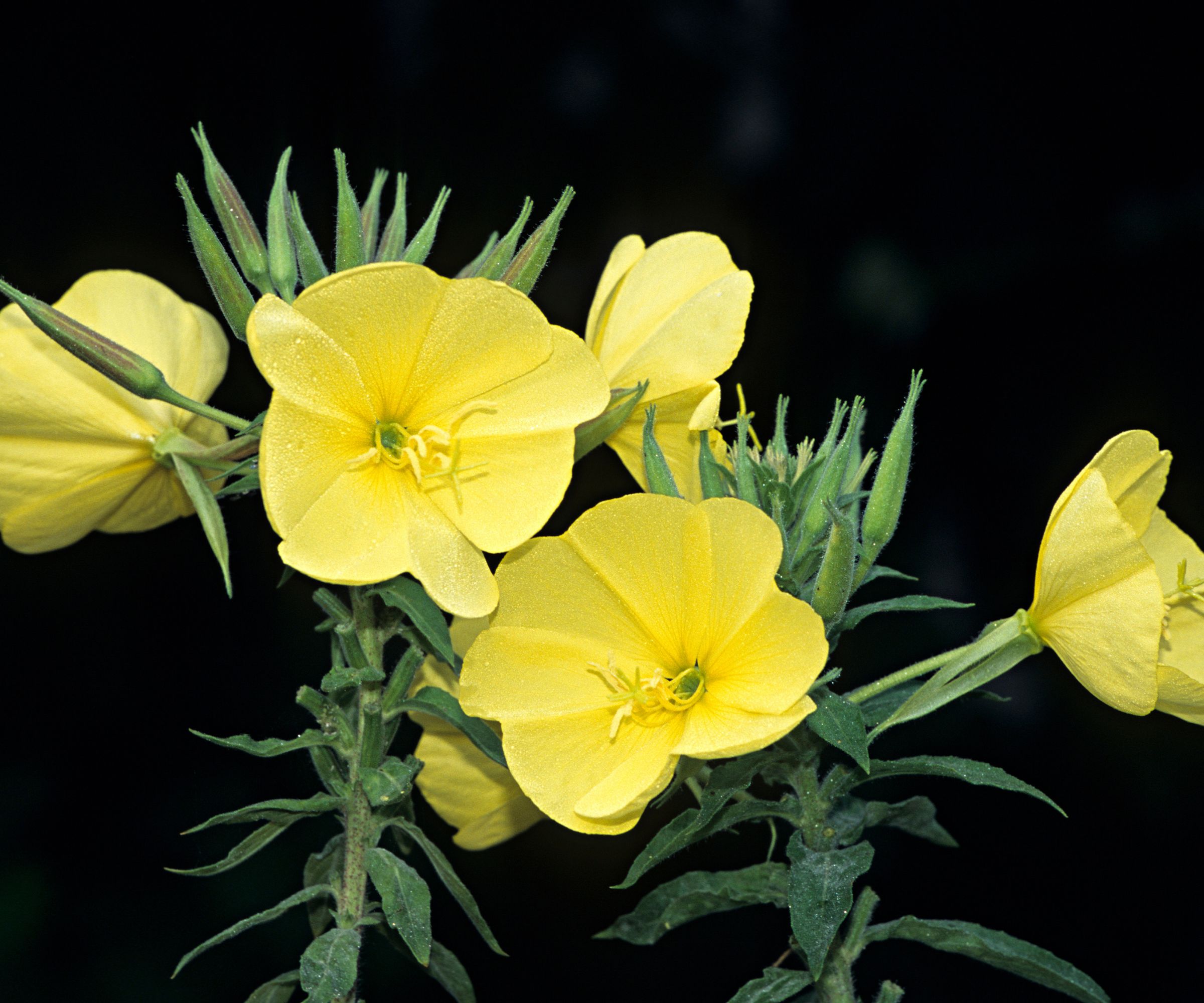
Evening primrose (Oenothera biennis) is a native biennial plant to eastern and central North America.
The flowers start to open at dusk, making it a fantastic plant to attract moths, which become active at the same time. The aromatic pale flowers are pale pink, white, or yellow and perfectly visible to night-time pollinators in low light.
Evening primrose is suitable for US hardiness zones 4-9, and clumps grow to around three or four feet. They can make a great ground cover plant for pollinators, as evening primrose is tolerant of many soil types, provided it drains well.
However, evening primrose is a self-seeding flower. It means you need to manage the plants to prevent them spreading. Do this by deadheading flowers regularly to prevent the plant from producing seeds.
This Bigfruit Evening Primrose at Nature Hills, also known as Missouri evening primrose, produces lemon yellow flowers to attract hawk, hummingbird, and sphinx moths and other evening pollinators.
3. Honeysuckle
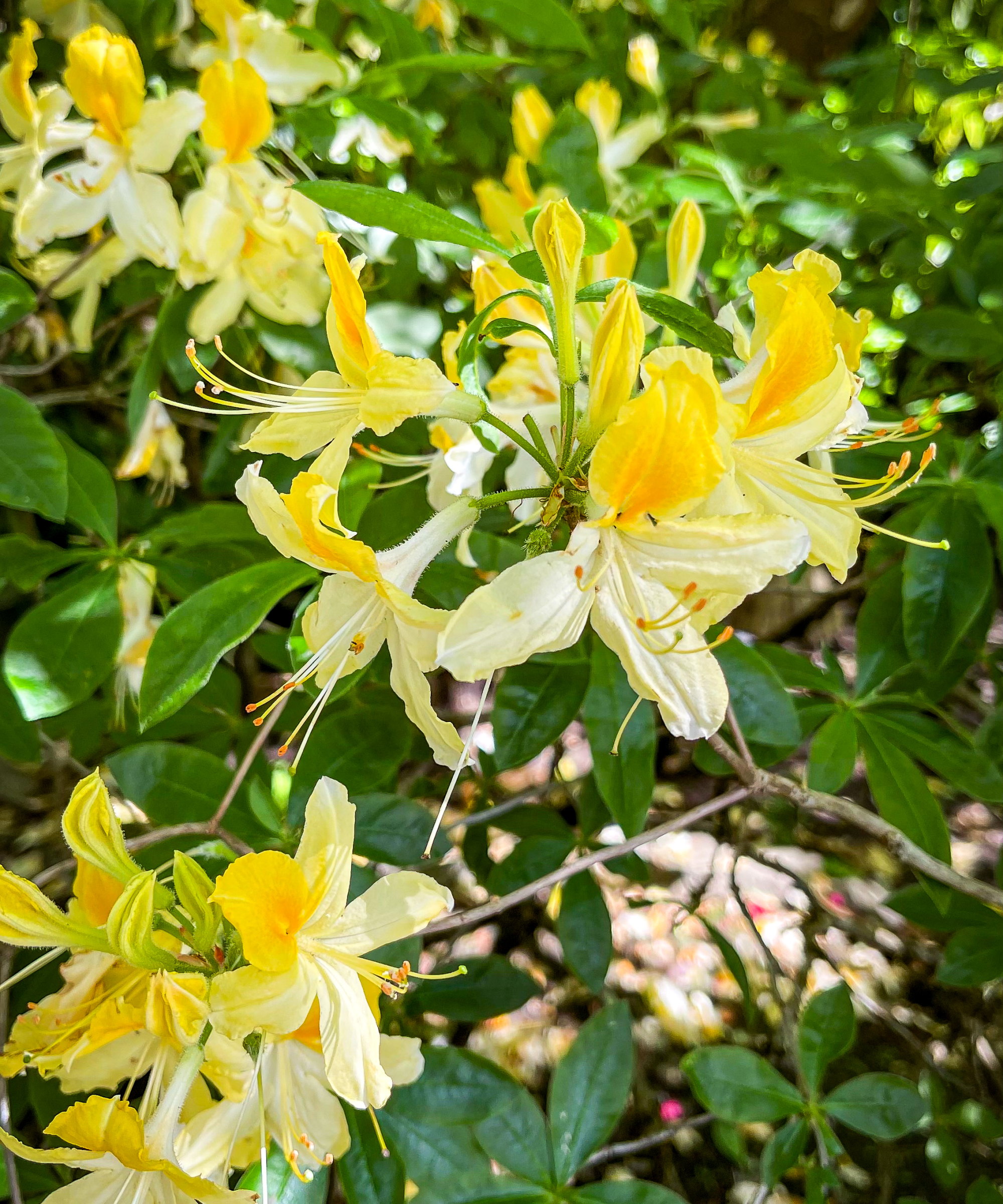
The sweet fragrance when growing honeysuckles intensifies as the light levels drop, making them ideal plants for night-time pollinators, particularly moths.
The flowering climbers are easy to grow, but do need to be trained up a wall, trellis, fence, or pergola. If you have a smaller backyard but want to cover an unsightly wall, you can grow honeysuckles in pots.
There are over 150 species of honeysuckles native to various regions, with several native plants to North America. You must be aware that some honeysuckles are considered invasive plants in North America, including the Japanese honeysuckle, Amur honeysuckle, and Tartarian honeysuckle.
Stick to native varieties, as there is a great selection of non-invasive honeysuckles you can add to your backyard ideas. For example, the yellow honeysuckle (Lonicera flava) is native to central and eastern North America and produces lovely fragrant clusters of yellow-orange flowers.
Alternatively, this Dropmore Scarlet honeysuckle at Nature Hills is a Lonicera x brownii cultivar, which is a hybrid between two native honeysuckles, namely Lonicera sempervirens and Lonicera hirsuta.
4. Nicotiana
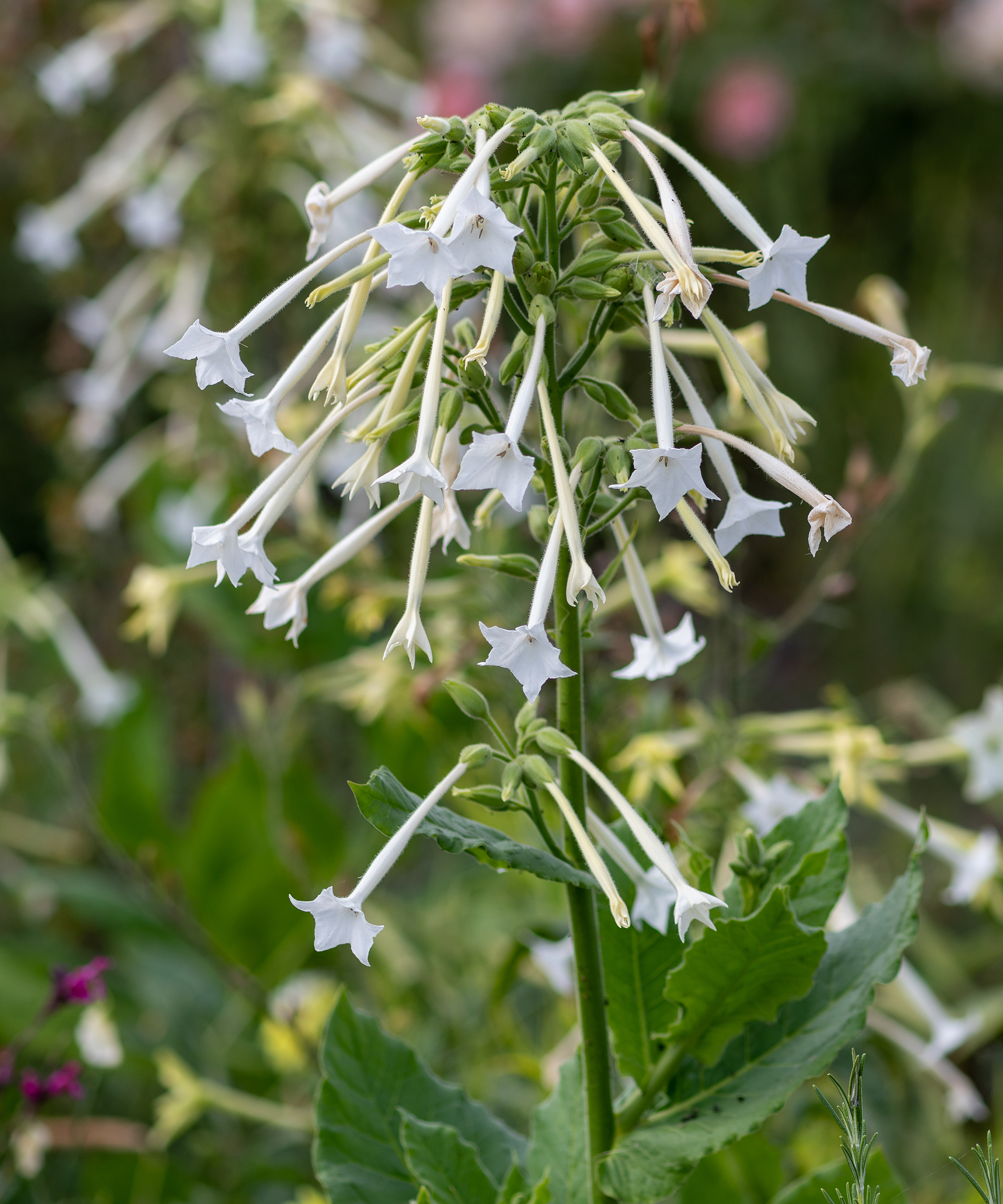
Nicotiana, also commonly known as tobacco plants, are fantastic for attracting moths. Their star-shaped, tubular blooms are ideal for the long tube-like mouthpart of moths, and these fragrant flowers open each evening.
Nicotiana is commonly grown as an annual flower, but it can be perennial in zones 10 and above. It thrives in full sun and can potentially bloom from early summer right through to the first frosts.
There are several types of flowering tobacco native to North America to pick from. These include the coyote tobacco (Nicotiana attenuata), native to western states and producing pinky flowers with greenish throats, and desert tobacco (Nicotiana obtusifolia), a shorter variety native to southwestern states with white flowers.
5. Phlox paniculata
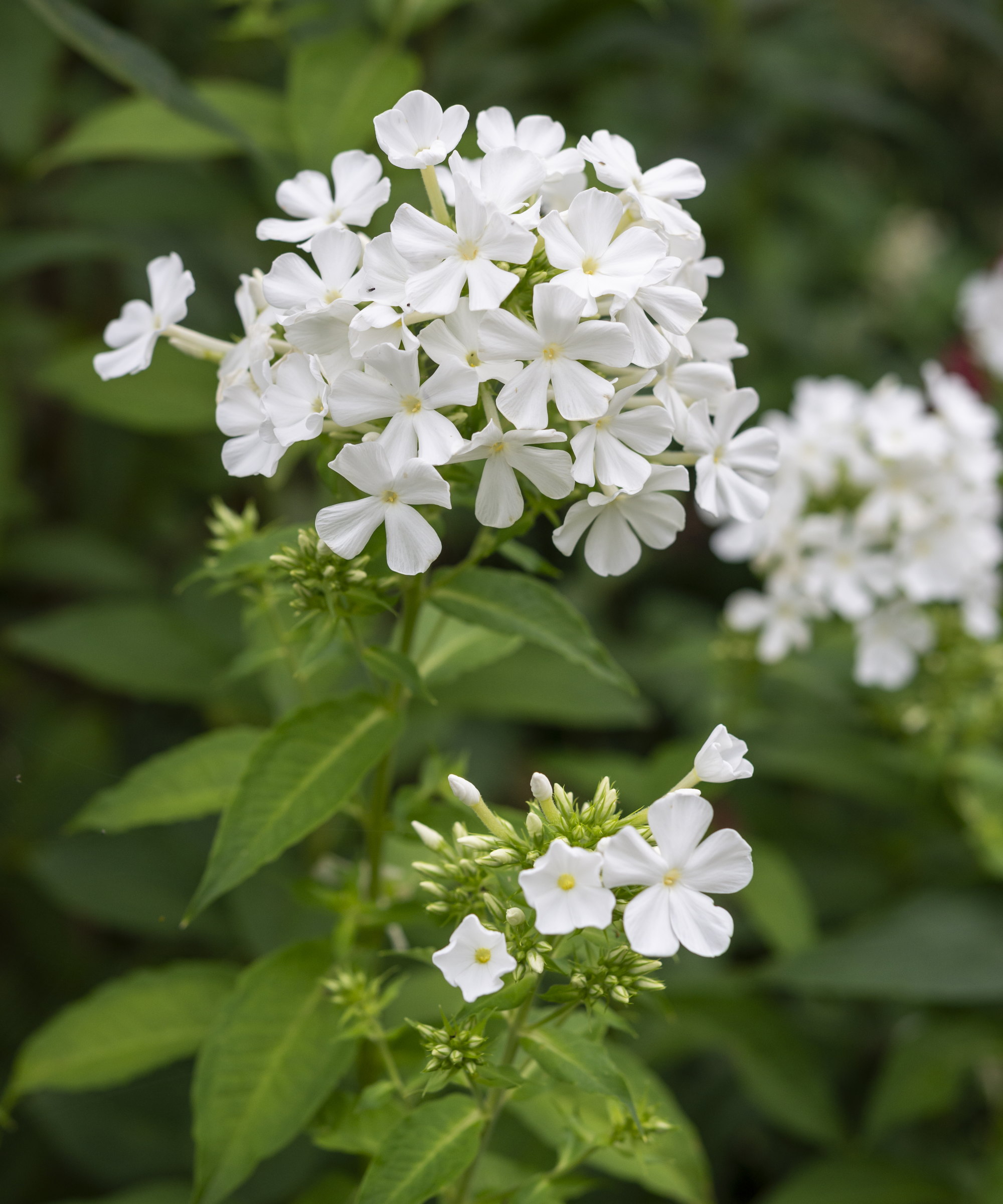
Phlox paniculata, also often called garden phlox or perennial phlox, is native to eastern and central North America, and a popular ornamental addition to flower beds thanks to its showy summer blooms.
Reaching 2-4 feet, depending on the variety, the large flowers come in various colors, including white, red, pink, and purple, and are suitable for long-tongued pollinators, such as moths.
When you grow phlox, they are highly fragrant throughout the day and well into the evening, ideal for those night-time pollinators out seeking nectar as the sun goes down. The plants bloom in summer, and you can extend that into fall by regularly deadheading phlox.
A great variety you can add to your garden is Phlox 'David'. This white-blooming phlox is suitable for zones 4-8, reaches four feet tall, and is covered in large white flowers. You can get Phlox 'David' live plants at Burpee.
Thinking about moths should continue on past summer or fall, after the peak blooming season has ended. There are winter plants for wildlife you can add to your yard to benefit moths through the colder months. For example, some ornamental grasses and evergreen ferns left untrimmed can provide protected spots for moth larvae to overwinter.

Drew has worked as a writer since 2008 and was also a professional gardener for many years. As a trained horticulturist, he worked in prestigious historic gardens, including Hanbury Hall and the world-famous Hidcote Manor Garden. He also spent time as a specialist kitchen gardener at Soho Farmhouse and Netherby Hall, where he grew vegetables, fruit, herbs, and cut flowers for restaurants. Drew has written for numerous print and online publications and is an allotment holder and garden blogger. He is shortlisted for the Digital Gardening Writer of the Year at the 2025 Garden Media Guild Awards.
